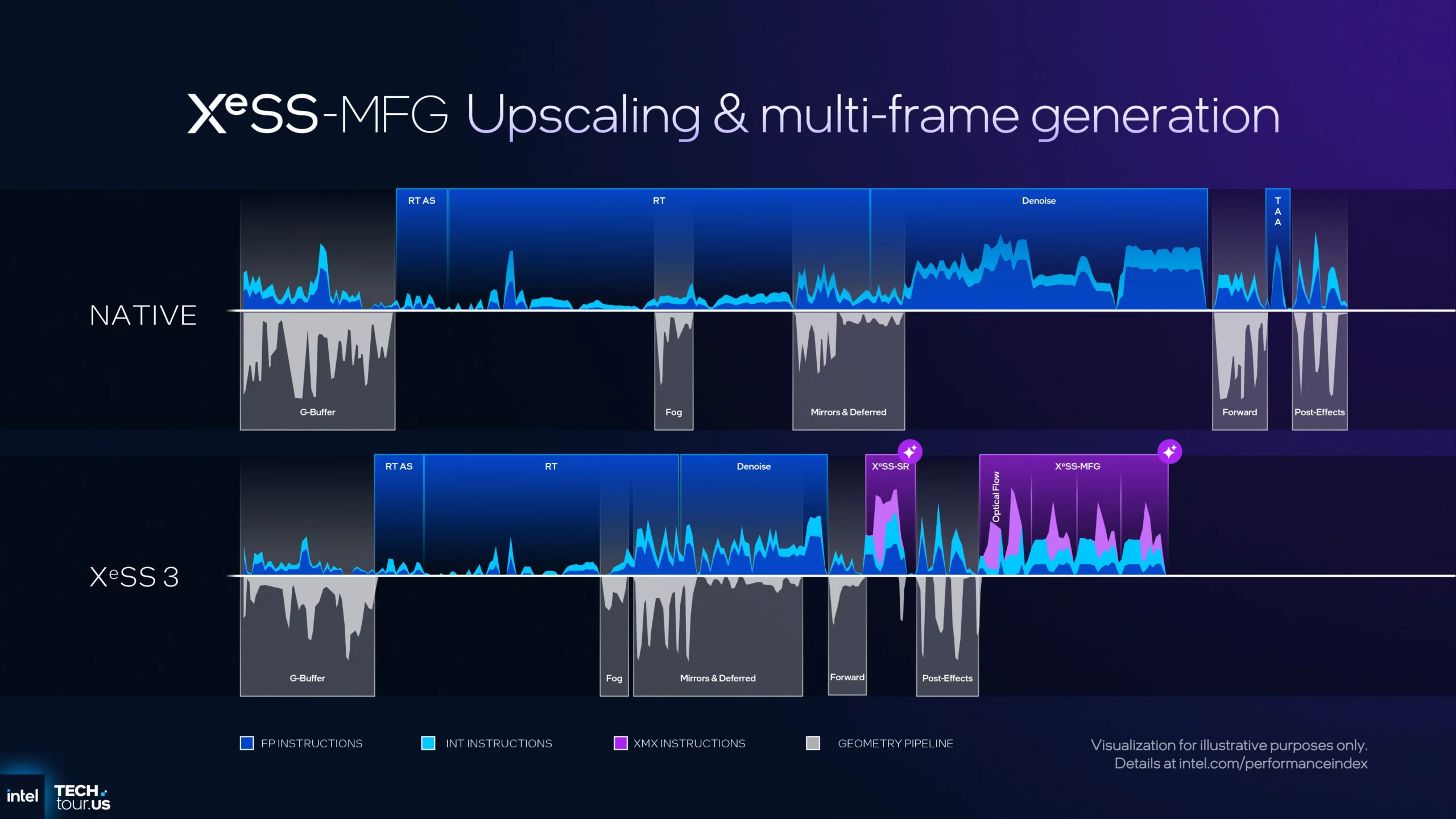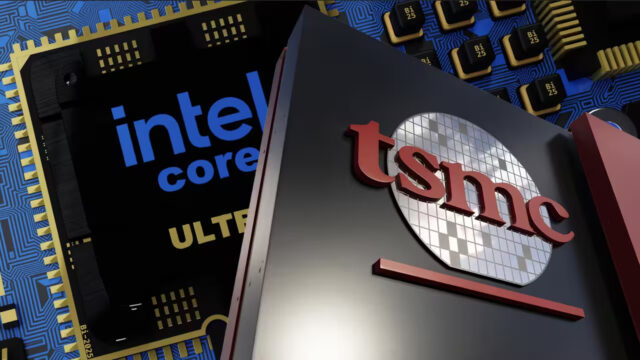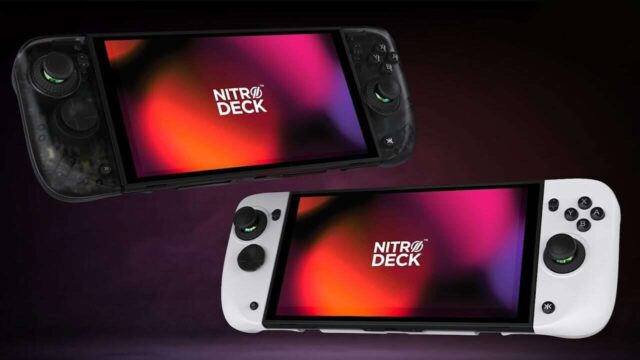Intel has officially announced its next-generation image upscaling technology, XeSS 3, and the Multi-Frame Generation (MFG) feature that will work with it. This move is seen as a key part of the company’s strategy to increase its competitiveness in the graphics card market. With this new technology, Intel is following in the footsteps of its rival, Nvidia, but stands out with a significant difference.
Intel Aims to Increase FPS with XeSS 3
Intel’s Multi-Frame Generation (MFG) technology, announced by Intel, essentially inserts new frames between existing frames in games using artificial intelligence. This process allows up to three additional AI-generated frames for each actual frame generated by the graphics card, theoretically increasing frames per second (FPS) by up to four times. This is intended to provide a smoother gaming experience.

The most striking aspect of this technology is its backward compatibility. While Nvidia only offers a similar technology in its latest RTX series graphics cards, Intel has announced that it will bring this feature to older hardware as well. This means that first-generation Arc Alchemist desktop graphics cards, and even Xe2 and Xe1 integrated graphics in laptops, will be able to benefit from this technology in the future. This makes Intel the first manufacturer to offer frame rendering support to older-generation hardware.
While Intel hasn’t released a specific release date for XeSS 3 and MFG technology, it is expected to be released next year. This technology is expected to become particularly widespread with the next-generation “Panther Lake” mobile processors, scheduled for widespread availability in early 2026. While Panther Lake processors are already expected to offer more than a 50% increase in graphics performance compared to Xe2, MFG technology could take this leap even further.
Intel’s strategy could herald an exciting future, especially for budget-friendly gaming laptops and portable handheld consoles. So, what do you think about this new technology from Intel that also supports older hardware? What are your expectations for the future of such AI solutions aimed at improving gaming performance?













